Apologies for the resend – I had to edit all the typos and avoid remembering them 20 years from now when I try to fall asleep.
This past week, I had the pleasure and honour of going onboard HMCS Regina for a couple of days as part of the Canadian Leaders at Sea program.
The goal is for civilians that are part of educational institutions and business leaders to learn about the Royal Canadian Navy and share the story of the Navy to our communities.
So, because I said the right thing at the right time to a friendly face from the Stakeholder Engagement team (thanks, Vance!), I got to meet and experience life at sea for the first time alongside Edward Akuffo, Gibby Armstrong, Jon Copple, Rodney Herring, Matthew Lindberg, and Honorary Captain (N) Rachel Mielke.
Well played, RCN – this is a fantastic program, and I could not have hoped for better guides than LCdr Michelle Dunlop and Sailor First Class Alex Koller. I left CFB Esquimalt, HMCS Regina, and the Pacific Ocean with stars in my eyes, a reconnection with the sea, and ever lasting memories. I also hope I am bound to get lifelong connections from it.
Quick Run Down
We boarded on Monday morning and sailed through the Gulf Islands in the Pacific Ocean. Why there? Well, there are a lot of islands and significant enough traffic for navigation officers in training to do their final assessments at sea (quick shoutout to Sasha, their instructor!). The seas were calm, but we experienced significant turns at high speed, which led to some fun moments – including when the Commander Maritime Pacific Command (MARPAC) was sent on a little couch surfing (literally) expedition in the wardroom (this is CDL exaggeration for the couch slid significantly).
We also saw a bunch of drills, e.g., person overboard, casualty assessment and care, etc… (My brain is so full I do not remember everything). We were supposed to witness a first landing of a helicopter on the ship, but unfortunately that did not happen – further on that later.
We slept two nights aboard, and got to quickly learn how cold it can get (it gets cold – or it can get oppressively hot if sailing in the Southern Hemisphere). But most importantly for this military culture nerd: 10 o’clock soup. Definitely worth the hype.
We got to eat with the Officers, the Chiefs and Petty Officers, and the Junior Ranks. We very much visited all parts of the ship, and enjoyed an incredible time at sea with the RCN uniform on our backs.
What a ride. I could have stayed on that bridge feeling the wind and watching the ship cut through the ocean for days.
We also met a bunch of folks once ashore, such as the diving team, the Navy’s special forces, and we visited HMCS Venture and the Fleet Maintenance Facility.
The RCN is alright…
It was fantastic to see Canada’s Navy in action. The frigates are old and this is causing challenges. But the RCN is doing what the RCN has to do. And holy is Canada lucky to have people who believe in the work that they do, believe in the mission, and love the ship on which they serve. The passion for the job could be felt amongst everyone we talked to. That makes us incredibly lucky.
But modernization is key…
What struck me is how old the technology looked. At times, it felt like I was propelled in those 90s movies (the Matrix was mentioned multiple time), where more modern laptops were plugged in. Mind you, it seems like it worked well enough. But are we giving folks the best chance as we are seeing more and more traffic in Canadian waters? The River Class and the submarines cannot come fast enough. It also seems that the tech itself is not viewed as prescient of an issue – and fair enough, as having frigates well past their life cycle is (1) visible; (2) directly impacting readiness; (3) dangerous to personnel.
It is not just an RCN problem. Due to mechanical issues, the Cyclone that was supposed to do an emergency landing on Tuesday could not do so. Everyone was ready to go and waiting, but the helicopter did not come. This was disappointing, but oddly foreshadowed by one of the officers I had chatted with earlier that day on the bridge.
Fleet renewal across the services is urgent.
… and personnel needs support
I met quite a few Maritime Technicians (MarTechs – the trade the RCN is bleeding at present), and the strain is palpable, even when they tried to temper the conversation because I am a civvy. The creation of that trade was poorly implemented, led to strain on the folks already in the occupations that were merged, forced a certain loss of identity, and did little to fix the problem it tried to fix. This critical personnel issue has a significant impact on the ship – if there are too few MarTechs onboard, the ability to do maintenance on the ship as it is sailing is completely impaired. To enable this capability, a ship needs about 55 MarTechs onboard. During our sail, they were about 35.
Attracting and retaining people with trades background is difficult – but it looks like having Matt Lindberg from NAIT on the program could create new linkages. Let’s knock on wood.
Purple trades are also suffering – we met a lovely RCAF person who had just moved from Gagetown to Esquimalt to do a trade that is only possible to do aboard a ship. But was posted to a ship that is in refitting. He had to relocate with his young family, which caused a lot of financial strain and stress on his partner – and despite the CF Housing Differential helping, he finds himself worse off financially, without being able to do the job he is set out to do, and about to lose sea pay because his role can only be done by one person at a time.
People continue to leave; interestingly enough, I have only been told about their interest in their new role (one of them was because they are passionate about trains; another one was because his current trade was not exciting enough), but I was told quite little about why they were leaving the RCN itself. It might be the civvy effect – I have a quick story about that, but it is for the next section.
I also learned that voluntary occupational transfer (VOT) is not that difficult of a process. But the RCN has certain advantages, and geographical stability is chief amongst them.
Also jarring was the fact that (1) most folks were in relatively junior ranks (especially the officers), and (2) despite their rank, they seemed to be quite close in age to me (mid- to late 20s). I was expecting to feel my age when hanging out in the wardroom, but turns out my age was more the norm than the exception. The gaps in rank are stark, and it is very much emblematic of the current personnel crisis: recruiting the shortages away will create a knowledge gap in the CAF that will take years to rectify.
The next best thing to do now is: (1) do not take the 6-8% average attrition at face value (because it is an average and does not fully reflect the crisis there is in certain trades); (2) stop using private sector benchmark to assess whether RCN attrition is healthy – you cannot replace a Master Sailor Third Class or a Petty Officer 2nd Class by recruiting a new one (at this stage; unless the CAF introduces equivalencies between civilian experience and military ranks when recruiting).
So let’s make sure we do our absolute best to keep the people who are in there – you can see that, even through the hardships, those people are deeply passionate. You could feel it in the way that they explained to us how to do their jobs. Ensuring that they have the support needed to do their job (even before we talk about housing and pay) is truly what needs prioritizing.
Quick mention of the Naval Experience Program people onboard! There were 9 of them who had joined in September and were relatively fresh out of basic training. You could feel the excitement and enthusiasm.
A note on culture
I could see an undercurrent of cynicism amongst the folks I talked to. Before the helicopter emergency drill, an officer I was talking to on the bridge told me that he has started to believe things were happening only when they were happening. The submarine purchase was mentioned, but ironically, that emergency landing was also the subject of that conversation. At this stage, it is hard to parse out whether that cynicism is particularly high right now or it is on par with the level military culture always had.
But most of my observations of the culture was through people’s interactions with one another – and the memes. As I mentioned earlier, I think there was a civvy/ CLaS effect to the climate aboard the ship. And a couple of junior boatswains did not shy away from the fact that my presence in particular had an effect (“she’s the girl with the book on culture, we need to watch what we say” – is what one of them described the reaction to reading my bio had been. Needless to say he was surprised when I started cracking jokes).
But the memes stayed on the walls, and here’s a sample:
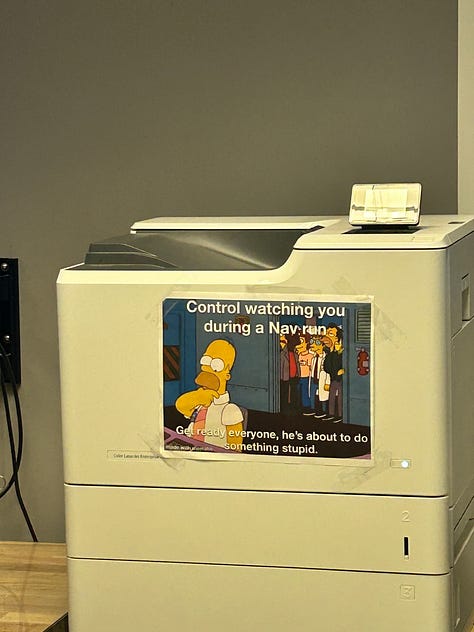
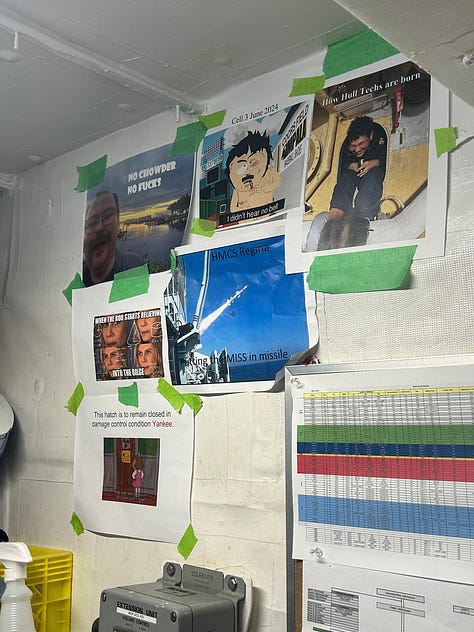
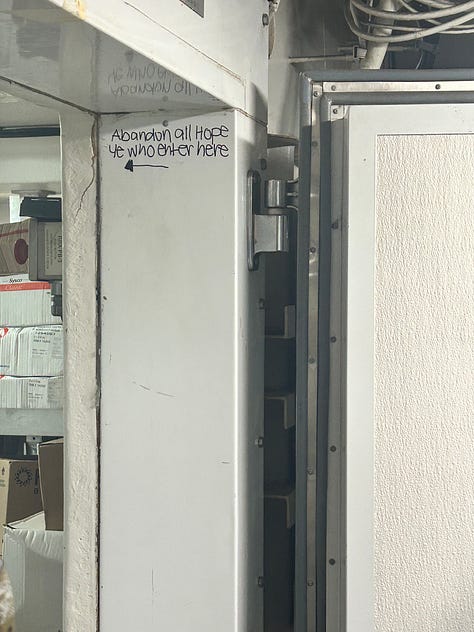
My view remains unchanged: service members are the funniest people around.
I can only say so much about the culture, since my immersion was limited – mostly, it was no one’s fault: the observer effect is real, I was a civvy visiting and was not part of any of the real battle rhythm of ship life. But I certainly could have been more extroverted so that I could have more conversations (that’s for my next therapy session). Obviously, I could see some of it permeate the interactions I would observe around me.
What really comes out is a sense of community and belonging – especially as folks build a certain identity around the ship on which they sail.
The kindness of the folks I interacted with – across the board – will definitely stay with me. I entered a community that made me feel welcome, even when I messed up the coffee and turned it into mediocre, mild bean juice. The fact that I was forgiven so quickly for my poor performance is definitely the result of the civvy effect.
There you go…
I leave with unforgettable memories and first hand insights for the RCN readiness book chapter that I am writing. The RCN is a nifty place – it is too precious for us to let it struggle. Hopefully this quick (and very possibly asinine) overview of my experience will lead you to look more into it (tune in to the official naming of HMCS Protecter on Friday, December 13!).
I am definitely going to pause and reflect on how I can be a better supporter of the Navy. Wearing that uniform really engrained a sense of pride and identity that I did not know I could feel. I hope I will get to walk those long metal hallways again very soon.




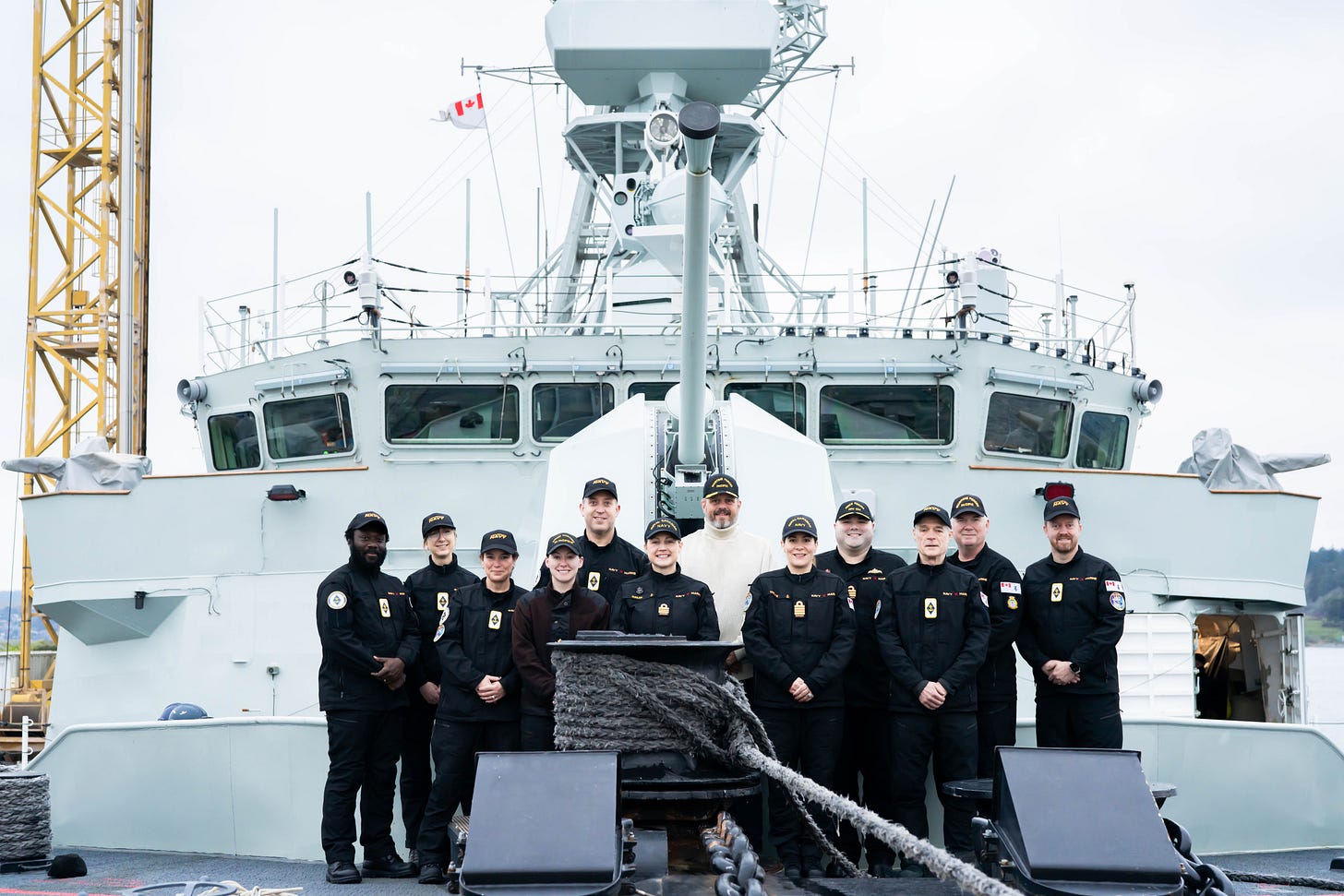
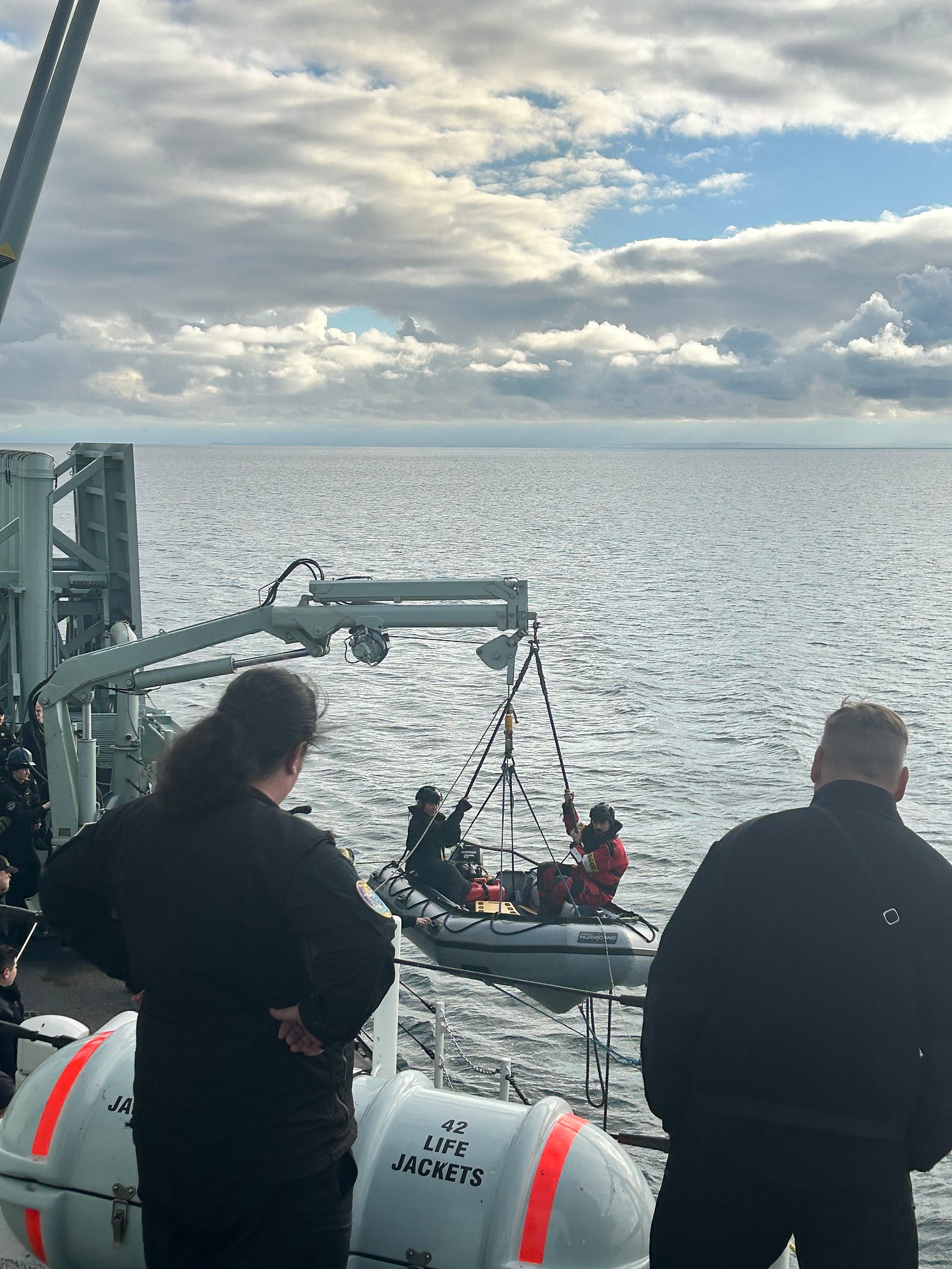
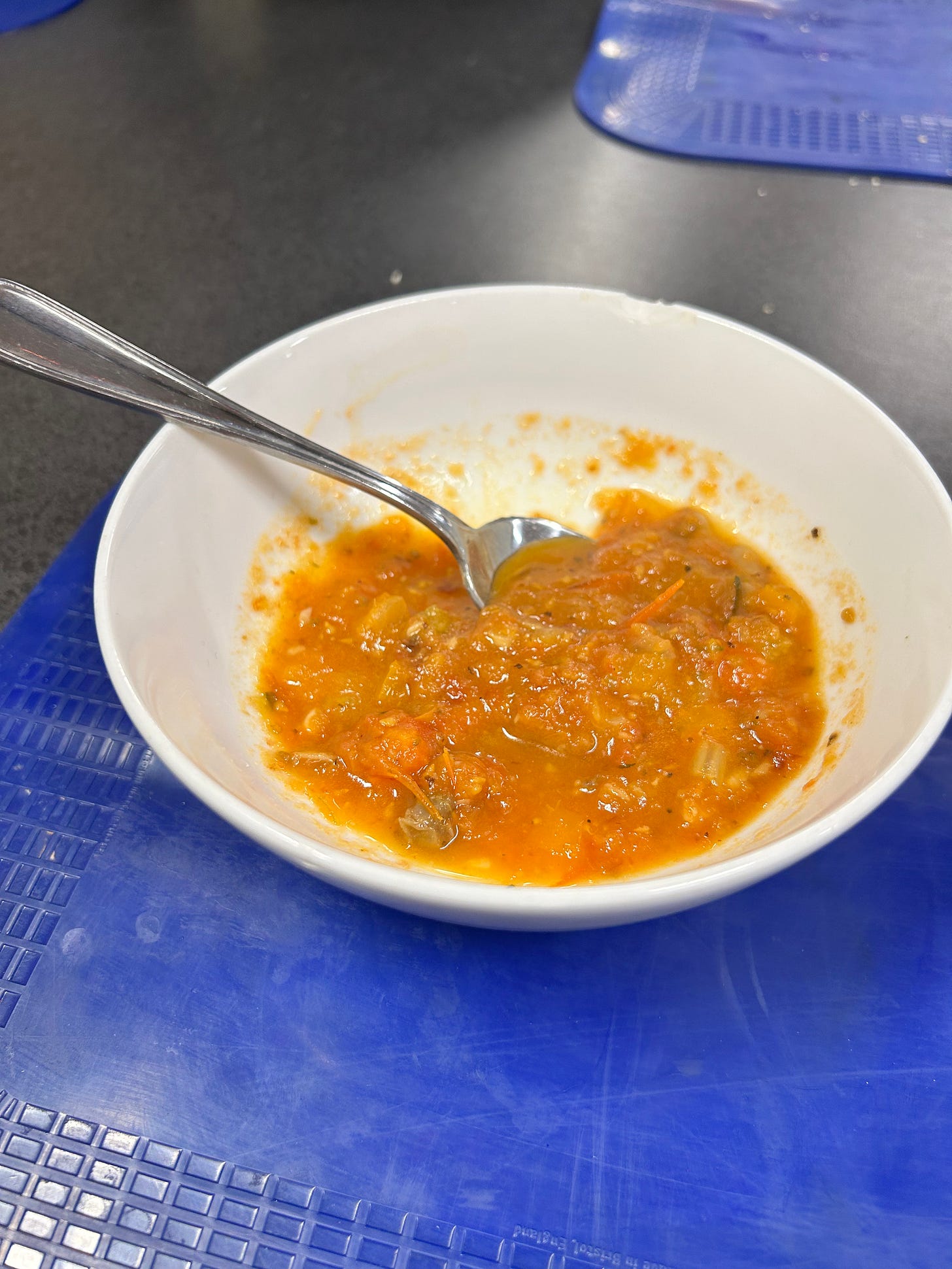
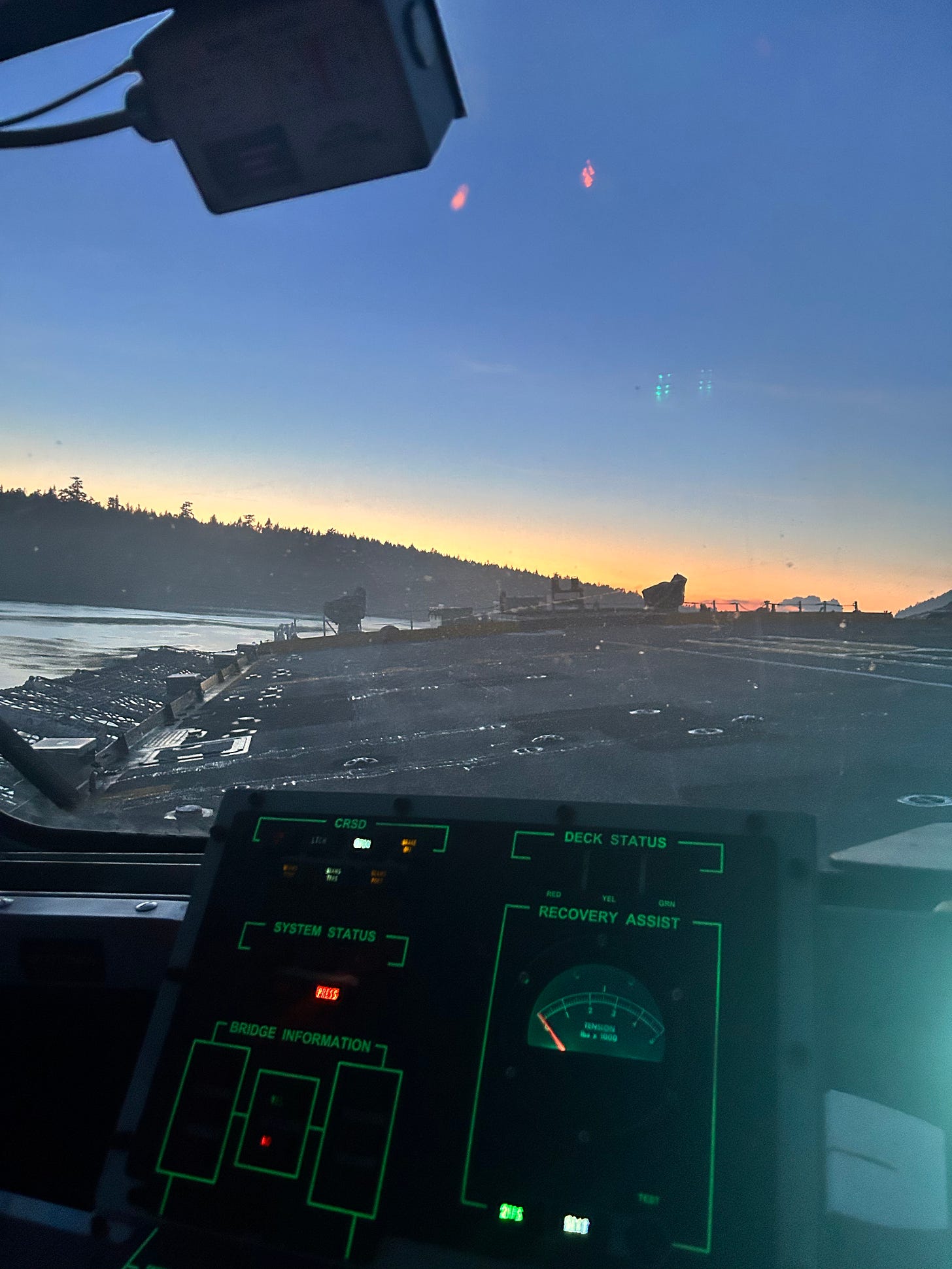
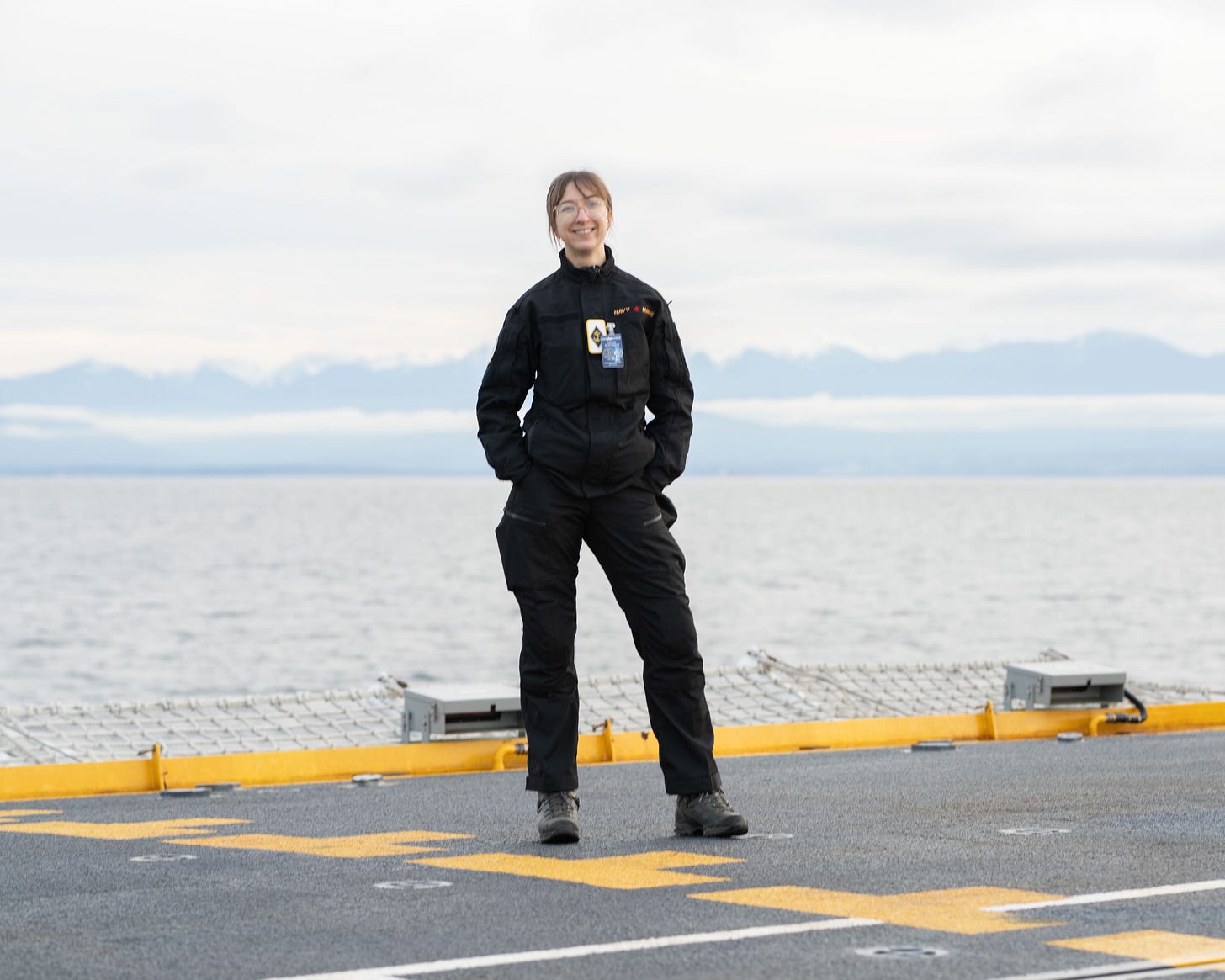
Well done Charlotte. Keen insights into the state of our Navy, it’s wonderful people, and the state of our resources.
Wonderful article! I love hearing everyone’s perspectives after they are immersed in the RCN. It is certainly much more than a little tour and I am glad you had a truly honest experience, hearing about the sailors’ concerns etc.
You were a wonderful participant in the program and I hope we can stay in touch.